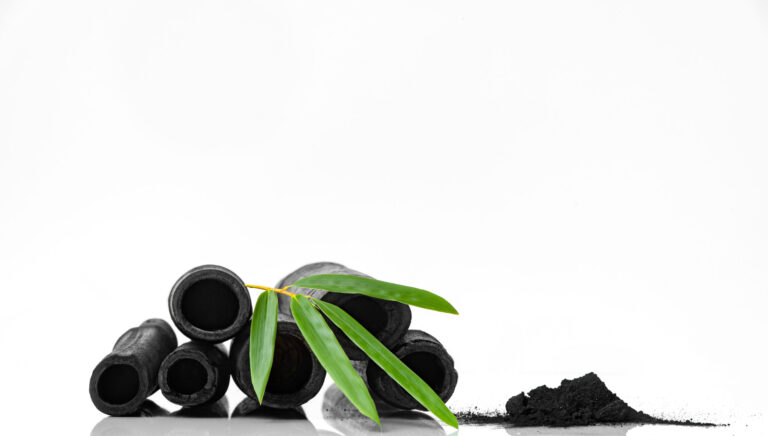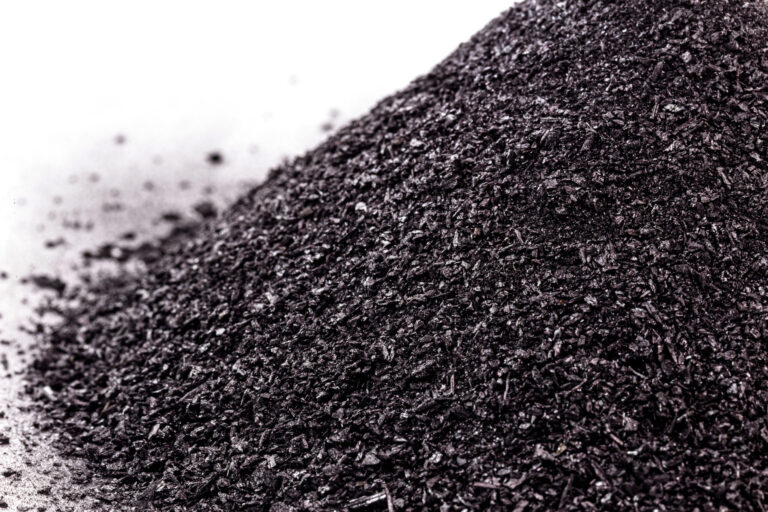Austin Black 325
Fill More Molds with Fewer Pounds of Material
Product advantages
Low Specific
Gravity
Increased Processability
Low Carbon Emissions
Increased Profitability
About Austin Black 325
Produced from high-quality, low-volatile, bituminous coal, Austin Black 325 is a dry, finely divided powder with low specific gravity.
Known for its consistent, versatile, and formula-improving attributes, it can reduce end-product weight and increase profit margins.
Austin Black 325 is a low-emission filler, emitting less CO2 than both virgin and recycled Carbon Blacks*.
*Source G3C Technologies


Compared to Other Clay, Talc, and Calcium Carbonate Fillers, Austin Black 325 is One of the Most Cost-Effective and Versatile Organic Fillers Available.

Formula Improvements
Reported by customers include:
- Reduced end-product weight
- Increased processability
- Greater flowability
- Improved compression
- Higher insulating properties
- Long-term durability
- Odor-scavenging attributes
- Reduced air permeation & improved air retention
- Improved efficiencies in manufacturing
- Helped resolve air entrapment issues in various compounds
- Additional loading with cost reduction





Why choose us?
Sample Applications
- Tires (All Types)
- Automotive Seals, Hoses, and Belts
- Plastics
- Conveyor Belts
- Paints and Coatings
- Commercial Roofing (EPDM, TPO)
- Sealants and Caulks
Sample Cost Savings
- Reported by customers include:
- Lower cost per batch.
- Lower cost and reduced IIR rubber usage.
75% of customers surveyed reported cost savings as a benefit of using Austin Black 325.
- Some reported saving up to 25%.

